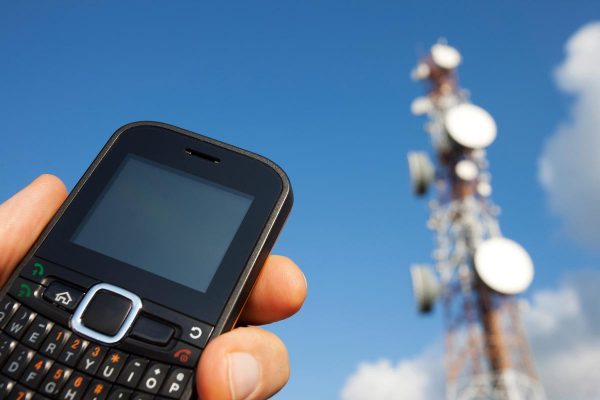6 Ways to reduce your exposure to EMF
By divinaramirez // 2021-09-14
Tweet
Share
Copy

Most people are used to the electronic conveniences of modern life, from cell phones to kitchen appliances. But few are aware of the possible health risks presented by the gadgets and devices that make the world work.
Electric and magnetic fields (EMFs) are generated anywhere electricity is used, including at home. Many experts have raised concerns that frequent exposure to EMFs can alter brain metabolism, cause sleep disturbance, reduce sperm count and raise one's risk of glioma, a malignant type of brain cancer.
Read on to learn more about EMF exposure and how you can protect yourself from this type of pollution.
Dangers of EMF exposure
EMFs are invisible areas of energy, which are often referred to as radiation. EMFs are normally associated with the use of electrical power and various forms of natural and man-made lighting. EMFs are typically grouped into one of two categories based on their frequency:- Non-ionizing – This is low-level radiation that is generally perceived as harmless to humans because of its lack of potency. Its forms include extremely low frequency (ELF) radiation, radio frequency (RF), microwaves and visual light. Sources of non-ionizing radiation include microwave ovens, cell phones and wireless networks, to name a few.
- Ionizing – This mid- to high-level radiation can cause DNA damage after prolonged exposure. Its forms include ultraviolet (UV) radiation, X-rays and gamma rays. They come from sunlight, X-ray machines and radioactive elements.
How to reduce EMF exposure
Virtually every electronic device in your home produces EMFs. Luckily, there are still many ways to lessen your exposure to EMFs and avoid their potential adverse effects. The following approaches can help reduce both your exposure level and the duration of your exposure to EMFs:- Remove unnecessary electronic devices – Assess the electronic devices and appliances in your home and determine whether they're absolutely necessary. Get rid of those that aren't.
- Use Himalayan salt lamps – Himalayan salt lamps work as natural room ionizers. They emit negative ions into the air and effectively bind with excess positive ions, reducing EMFs and purifying the air. (Related: Why every home should have a Himalayan salt lamp.)
- Use corded phones – Several studies suggest that cordless phones are more dangerous to use than corded phones or cell phones.
- Use shielding paint– Hardware stores now sell "shielding paint" that reduces RF and microwave radiation by up to 99 percent. These paints are for interior use as a primer and can be painted over with a standard latex paint.
- Reduce static electricity – Static electricity can be particularly harmful to people who are already sensitive to EMFs. You can minimize your exposure to static electricity by buying clothing and linens made of natural fibers, such as cotton and wool, instead of synthetic ones.
- Turn off unused circuits – Even when your electronic devices and appliances are unplugged, they can act like broadcasting antennae for the power grid. You can effectively turn off unused circuits to keep them from drawing power by installing demand switches.
Tweet
Share
Copy
Tagged Under:
radiation electronic devices prevention cell phones EMF tips smart meters EMF exposure electromagnetic field cancer causes badhealth
You Might Also Like
Prepper projects: Root cellar design tips and mistakes to avoid
By Divina Ramirez // Share
Pfizer CEO says “normal life” won’t return without regular COVID vaccinations
By News Editors // Share
Black Lives Matter NYC calls city’s vaccine requirements racist, vows “uprising” against it
By Arsenio Toledo // Share
Recent News
U.S. demands Venezuela SEVER ties with four nations in exchange for oil market access
By ramontomeydw // Share
Utah partners with AI health platform to automate prescription renewals
By ramontomeydw // Share
Dark chocolate compound linked to slower aging in groundbreaking DNA study
By avagrace // Share
Your gut bacteria may hold the key to better sleep, new research suggests
By isabelle // Share











